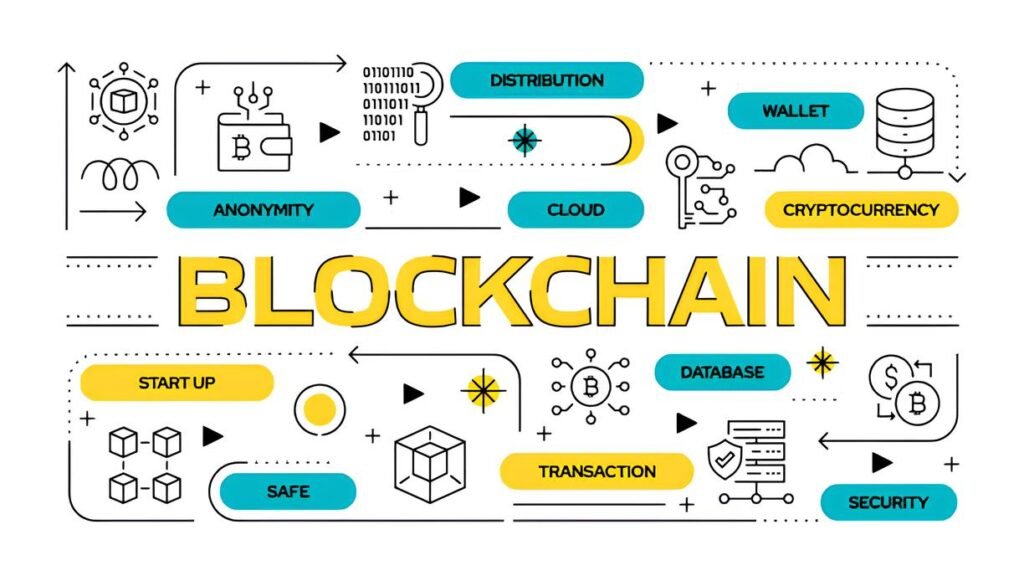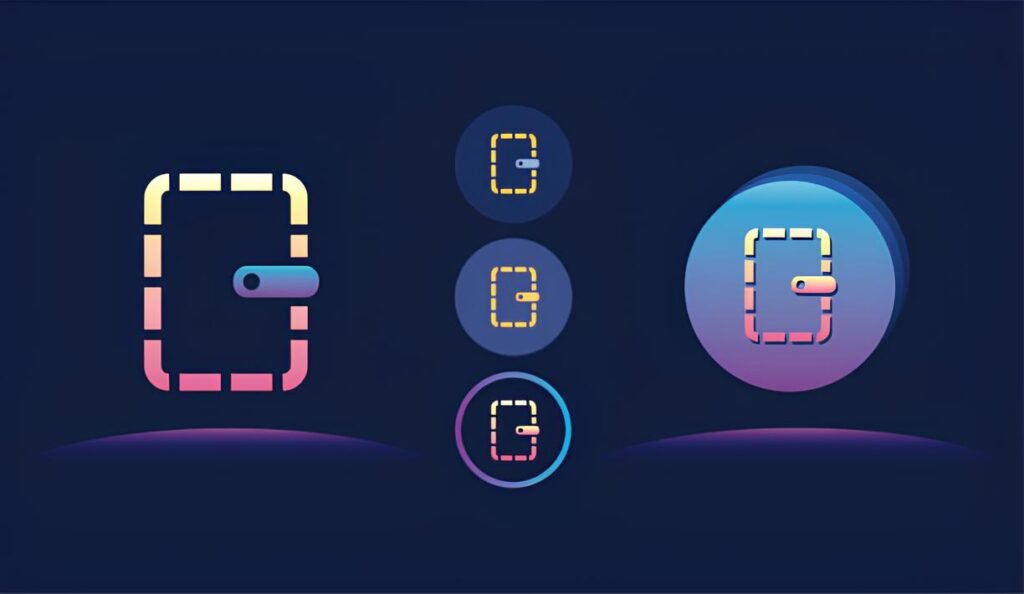How to Detect a Fake Darknet Scholarship or Grant Program
Imagine receiving an unexpected email inviting you to apply for a prestigious scholarship or grant that claims to offer financial support for your education or research—but it feels off. The allure of free money can be powerful, especially in difficult times. On the darknet, where anonymity meets opportunity, fake scholarship or grant programs have become a subtle yet serious scam. But how can you tell when an offer is genuine or a carefully disguised trap?
The darknet’s murky reputation makes this question even more complicated. While many legitimate privacy-focused educational efforts exist, imposters exploiting this space can cause real harm—stealing personal information, extorting funds, or worse. Trust is fragile here, and deception can come wrapped in seemingly credible packaging.
In This Article
Why Fake Darknet Scholarships Exist
Financial scams flourish on the darknet because they prey on trust in a typically unregulated environment. Fake scholarships and grants promising financial aid play on hopes like a siren’s call. Many applicants are young, undereducated about darknet risks, or financially vulnerable.
Besides stealing money upfront, scammers often seek personal info for identity theft or phishing attacks. In some cases, these fake programs serve as honey traps aiming to lure users into revealing digital identities, which could result in exposure or worse consequences.
Moreover, the dark web’s anonymity enables operators to vanish quickly once suspicion arises, making enforcement difficult. This creates an ecosystem ripe for opportunists who offer “scholarships” but only deliver fraud.
Red Flags of Fake Grant Programs
While every offer is unique, certain warning signs consistently appear in fake darknet scholarship or grant solicitations.
- Unsolicited contact: Legitimate scholarships rarely cold-email applicants without prior interaction or reputable referrals.
- Requests for upfront payment: Genuine scholarships never ask for application fees, “processing charges,” or wire transfers.
- Unverifiable credentials: No official affiliation with universities, nonprofits, or known educational organizations.
- Poorly designed websites or .onion pages: Amateurish interfaces, broken links, or suspiciously generic content should raise doubts.
- Inconsistent or vague application processes: Lack of clear eligibility requirements, deadlines, or contact details.
- Pressure tactics: Urgency to apply immediately or warnings that the offer is for “a limited few” looking to rush your decision.
- Suspicious communication channels: Solely relying on untraceable email addresses, encrypted chat handles without verifiable identities.
How to Verify Authenticity
Before applying or sharing any information, take steps to confirm the scholarship or grant is legitimate—and that you’re not walking into a trap.
- Research the issuing organization. Look for surface web presence, credible references, or third-party reviews.
- Check official darknet forums and educational resources. Trusted darknet communities sometimes maintain lists of verified scholarships and support programs.
- Validate the application process. Real programs typically require essays, transcripts, or documented proof—not just cryptocurrency or personal identification documents.
- Contact known university departments or scholarship offices. Ask if they recognize the darknet scholarship or grant.
- Analyze the communication style and language. Genuine programs maintain professional tone; lots of spelling errors or overly casual phrasing can hint at fraud.
- Verify any provided Bitcoin or cryptocurrency wallets. Legitimate grants seldom ask for unorthodox payment details or secret transfers.
Cross-reference any .onion links with darknet directories or tools designed for checking hidden service reputations. Reputable darknet operators tend to have a verifiable digital footprint in dedicated communities.
Common Scam Tactics and Examples
Understanding how con artists operate on the darknet can help you spot illusions faster.
- Fake “application fee” requests: Many scams demand a small payment to process your “scholarship,” often payable with cryptocurrency. Once paid, they vanish.
- Phishing attempts disguised as scholarship forms: Scammers harvest email addresses, phone numbers, or even crypto wallet keys by luring you into submitting detailed personal info.
- False promises of “guaranteed approval”: Nobody guarantees scholarships. If it sounds too good to be true, it probably is.
- Cloning legitimate websites: Cybercriminals replicate real scholarship program sites with slight URL changes or different domains to confuse applicants.
- Social media or forum baiting: Scammers post on seemingly trustworthy darknet boards, offering scholarships but requiring direct contact through untraceable messaging apps.
For example, a widely reported darknet scam involved a “Global Privacy Scholarship” promising funding to anonymity enthusiasts but demanding a Tor payment upfront and personal decryption keys for “identity verification.” Once paid, no further contact followed. The site had poor grammar and inconsistencies in application instructions.
Protecting Yourself While Applying
If you decide to pursue darknet-based scholarships, there are ways to shield your data and anonymity.
- Work only through secure, anonymized environments. Utilize dedicated privacy-focused OSes like Tails or Whonix when accessing or submitting applications.
- Never share full legal documents or biometrics upfront. Redact unnecessary information or request alternatives before uploading anything sensitive.
- Use burner emails and encrypted communication channels. Create throwaway email accounts for scholarship correspondence and always prefer end-to-end encrypted messengers.
- Employ separate cryptocurrency wallets. Never mix scholarship-related transactions with your personal funds.
- Maintain OPSEC discipline. Avoid revealing details that could link your darknet persona to your offline identity.
- Ask questions. Demand verifiable references or proof of legitimacy from program operators.
Even legitimate-sounding darknet offers may request information or funds to perform “background checks.” Avoid any upfront payment demands, as this is a primary fraud tactic.
Tools and Resources for Darknet Users
While navigating scholarships on the darknet, some privacy tools can heighten your security and verification efficiency.
- Use Tor Browser properly. Access all darknet content exclusively through updated Tor Browser versions to protect your IP and metadata.
- Employ multi-signature crypto wallets for added fund control—keeping scholarship-related payments transparent and trackable across trusted parties.
- Explore darknet reputation checkers. Websites or forums that monitor scam reports can be invaluable in vetting unknown offers; these are often discussed in places like darknet marketplaces or dedicated forums.
- Learn to verify cryptographic signatures. Many authentic programs sign their messages or files with PGP keys. Knowing how to check these adds a layer of confidence.
For a deep dive into enhancing your darknet safety, consider guides such as How to Survive Darknet Social Engineering Attempts or Multi-signature Wallets and Privacy: What You Need to Know. These offer insight into typical scam tactics and secure handling of crypto payments.
FAQ
Q: Can fake scholarships ever operate legally on the darknet?
No. Authentic, legally recognized scholarships don’t require darknet interaction. The darknet space may host privacy-focused initiatives but scams masquerade as opportunity.
Q: How do I report a fake darknet scholarship?
Reporting is difficult due to the anonymous nature of the darknet. You can post warnings on trusted darknet forums and notify law enforcement through appropriate cybercrime units, but there is no guarantee officials can intervene.
Q: Should I trust scholarships advertised only via encrypted messaging apps?
Be highly skeptical. Legitimate programs usually maintain verifiable contact methods and provide thorough official documentation, not just encrypted chat invitations.
Spotlight: The Hidden Costs of “Free” Darknet Scholarships
What scammers don’t advertise is how quickly a “free” scholarship offer can become expensive. Besides monetary loss, victims often experience compromised privacy, stolen identities, or coerced participation in illegal activities.
Approach any darknet scholarship offer with healthy skepticism. It’s tempting to want to believe in generous help—but many malicious actors excel at exploiting goodwill. Keeping privacy, verification, and secure operational security (OPSEC) front and center separates hopeful applicants from prey.
In a space where trust is hard won and easily lost, your best defense is knowledge and patience. Take your time to research, verify, and shield your identity, so the dream of a legitimate darknet scholarship doesn’t morph into a nightmare of fraud.


